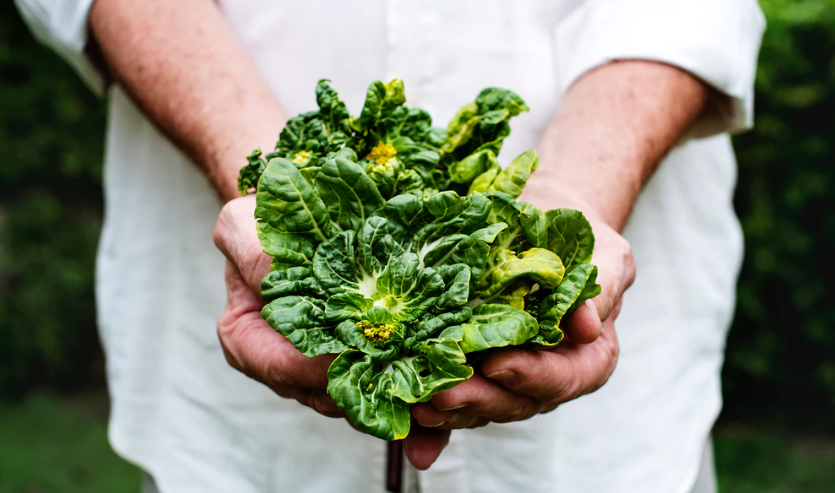Every year, the Environmental Working Group (EWG) publishes a list of the “Dirty Dozen.” This is a list of fruits and vegetables the nonprofit claims have the highest amount of pesticides when not grown organically. This year we were surprised to find out that kale made the top 12 for the first time in a decade.
“We were surprised kale had so many pesticides on it, but the test results were unequivocal,” EWG Toxicologist Alexis Temkin, Ph.D. said in a press release.
After analysing 2017 tests from the US Department of Agriculture, the EWG found that the average kale sample contained traces of more than five different pesticides, even after being thoroughly washed.
More than 90% of the samples showed detectable levels of at least two pesticides, and the most contaminated sample had 18 different pesticide residues. One of them stood out.
“Dacthal, or DCPA, which was classified by the EPA as a possible human carcinogen. It was found on nearly 60 percent of kale samples,” Carla Burns, an EWG’s research analyst said.
Dacthal is a weed-killer for strawberries, vegetables, beans, and cotton. It has been prohibited for use on crops in the European Union since 2009.
The full ‘Dirty Dozen’ List
How to avoid pesticides?
The recommendations from the Environmental Working Group are to buy and eat organic produce, especially fruits and vegetables found on the Dirty Dozen list.
EWG also made a list of the cleanest produce available.
The ‘Clean Fifteen’ List
The good list includes avocados, sweet corn, pineapples, frozen sweet peas, onions, papayas, eggplants, asparagus, kiwis, cabbages, cauliflower, cantaloupes, broccoli, mushrooms and honeydew melons.
Source: https://www.ewg.org/foodnews/

